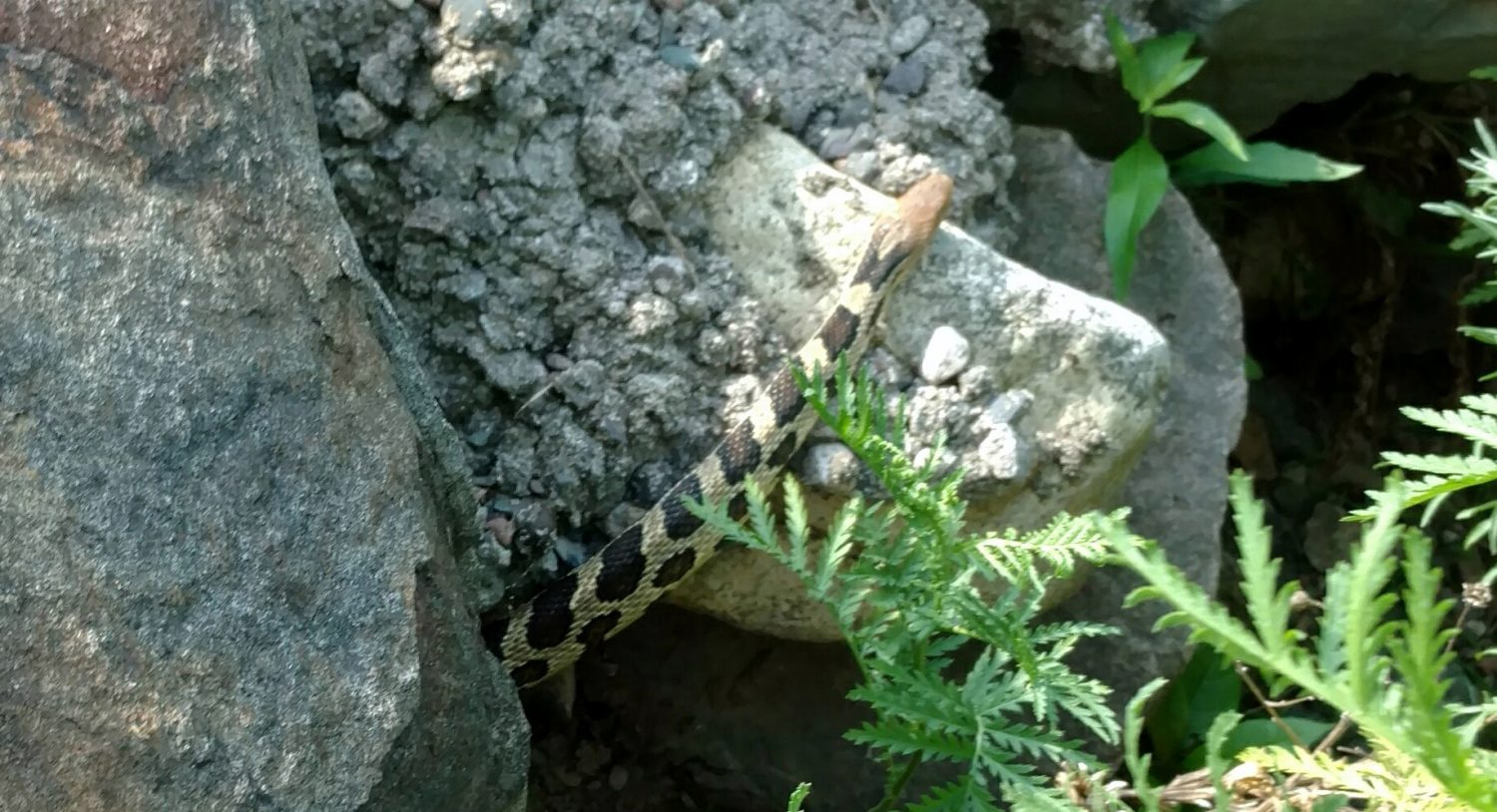An unexpected Wisconsin guest

BY THE MASKED BIOLOGIST
Special to the Star Journal
My son talked me into buying a video game recently that features a cowboy completing missions in the old west. In my free time, between missions, I make some extra money by harvesting game, flowers and bird feathers, and selling them to the general store.
One of the most lucrative creatures to harvest is not the fox or coyotes, but the armadillo. This has really made me spend some time recently thinking about these fascinating creatures.
The nine-banded armadillo is probably the most adaptable armadillo species, and as such it does well in the southern United States With their natural defenses they have few effective predators, and with a relatively high reproductive rate they can rapidly increase populations. They can handle a variety of climates and habitats, from rain forest in the south to the dry sedge and grass habitats of the southwest. They feed largely on invertebrates, digging them out of the ground and lapping them up with their long sticky tongue.
Armadillos are probably best known for their carapace, a full body suit of protein armor plating that covers them from the base of the nose to the tip of their tail. It becomes even more effective at protecting them when they are alarmed, because they curl up into a hard, crunchy ball that makes for a far less appealing meal for any predator.
Armadillos are surprisingly fast runners and can climb better than you might expect given their body shape. No surprise, they are not very good swimmers, but they have an adaptation that allows them to easily cross shallow or relatively narrow water barriers. They can hold their breath for about six minutes, so armadillos can inflate themselves to float downstream, or they can deflate themselves and walk on the bottom to get to the other shore.
I was trying to decide what ecological equivalent we might have here in Wisconsin. They burrow and eat grubs and insect larvae, and will occasionally eat frogs, lizards, and bird eggs like raccoons, skunks, or opossum. As an invasive wildlife species, they would not have enough competition or predation to keep them out of our state. In fact, from what I have been reading, armadillos have expanded their range as far north as southern Illinois, and are working their way up the eastern seaboard as well—with very little other than car strikes reducing their numbers.
So why am I writing about armadillos if we don’t have them in Wisconsin? What if I told you that I saw first-hand evidence of a car-killed armadillo not far from here within the last couple of years? I verified it by seeing the photo provided by the individual that reported it. How would an armadillo get into north central Wisconsin?
Well, there are a couple of different possibilities. First, perhaps someone brought it up from a southern state for a pet, personal zoo, wildlife collection or for dog training, but failed to contain it. Second, perhaps it was a stowaway in something that was being transported. They are great at digging and burrowing; I suppose they could stow away in soil like a root ball for a tree for example. Seems a bit of a stretch. Third, it could have walked here. From what I have seen, armadillos are using river courses to travel north. This makes sense; many wildlife species use river and stream corridors because they provide excellent food, water and cover. This armadillo was not far from the Wisconsin River, so it is conceivable it travelled north along the Mississippi to where it met the Wisconsin and followed the river to our area and died.
Could armadillos eventually invade the Northwoods? To get the answer, we need only to look out the window. The extended freezing temperatures and deep snow are significant barriers, as this animal has no hibernation behavior, does not store body fat and has no hair for warmth. It feeds on insect larvae underground which would mean a long winter of no food. As the climate continues to moderate, I would expect we could see some armadillos expanding into far southern Wisconsin in the next 30-50 years, but only the occasional bold individual might attempt to travel to our area. If it did, perhaps the Hodag would help us keep the population in check!
The Masked Biologist has a Bachelor of Science degree in wildlife biology. His work in natural resource agencies across the country provided opportunities to gain experience with a variety of common and rare fish, plant and wildlife species. Follow The Masked Biologist on Facebook. Email questions to [email protected].
Leave a reply
You must be logged in to post a comment.


